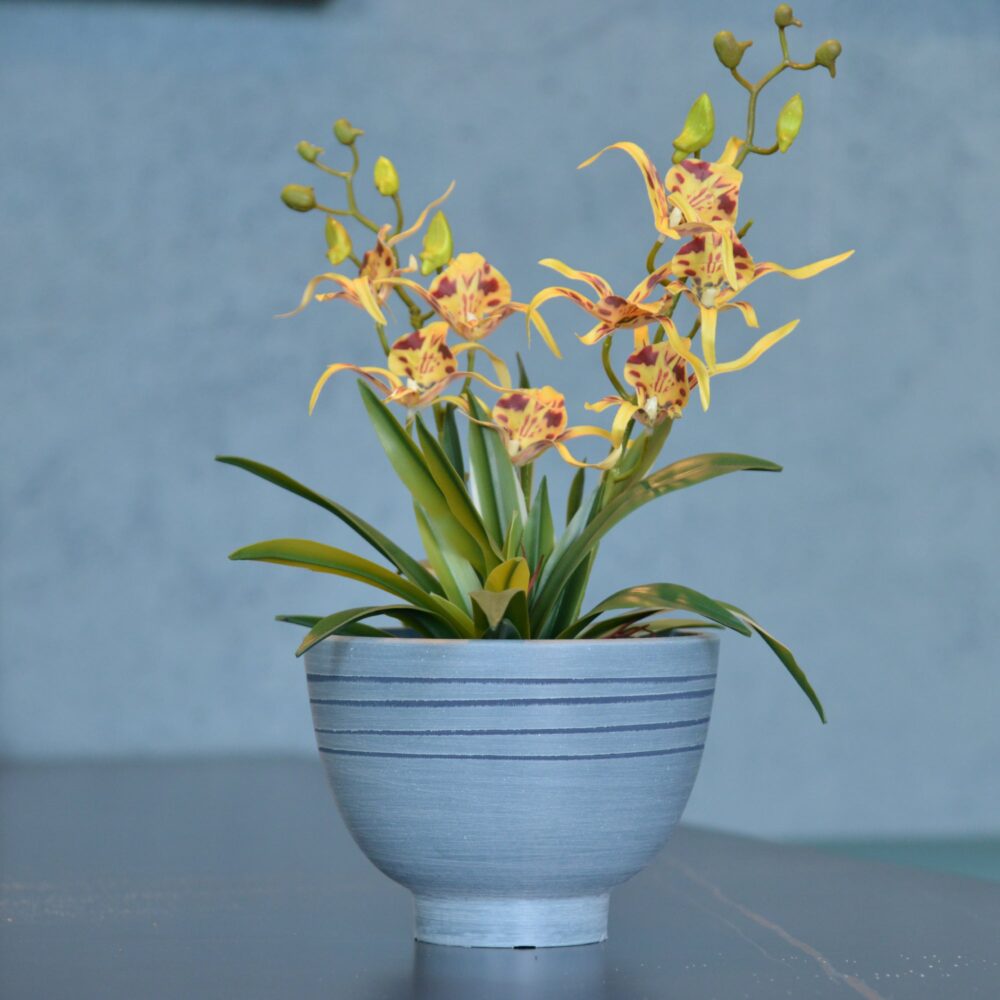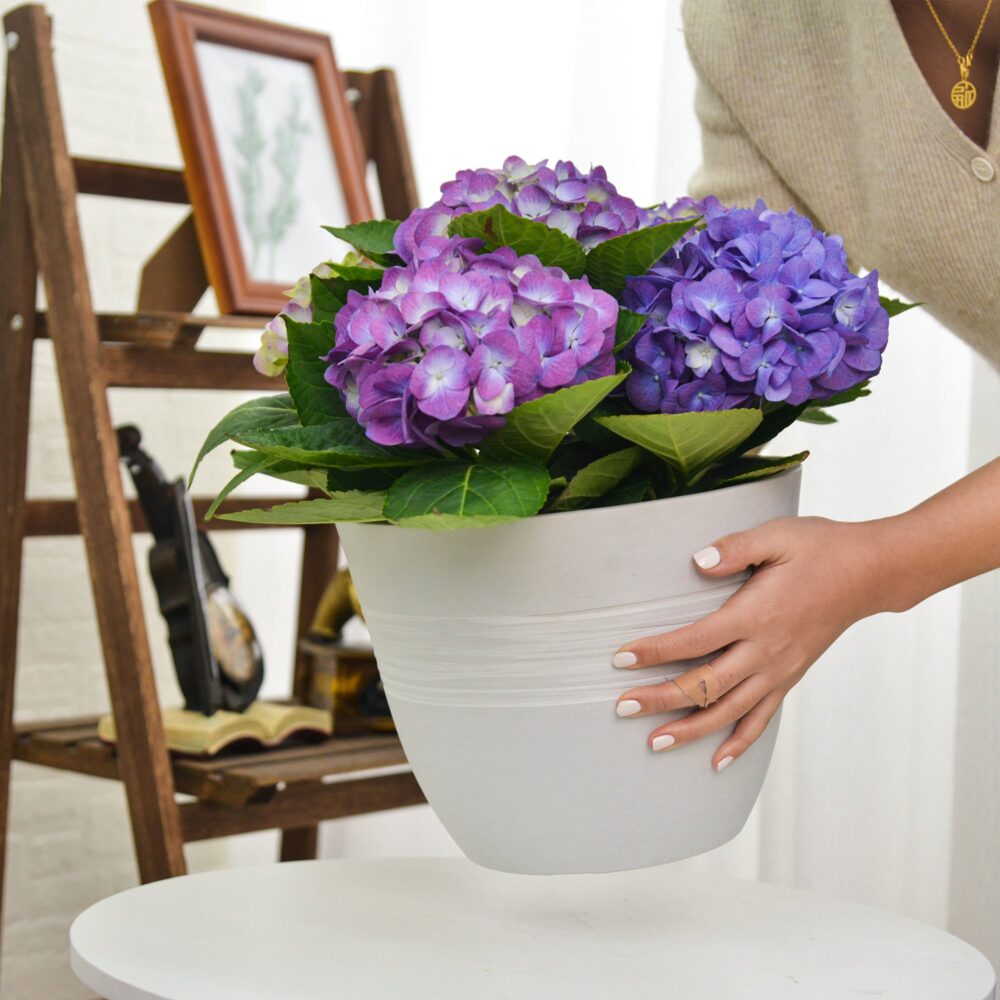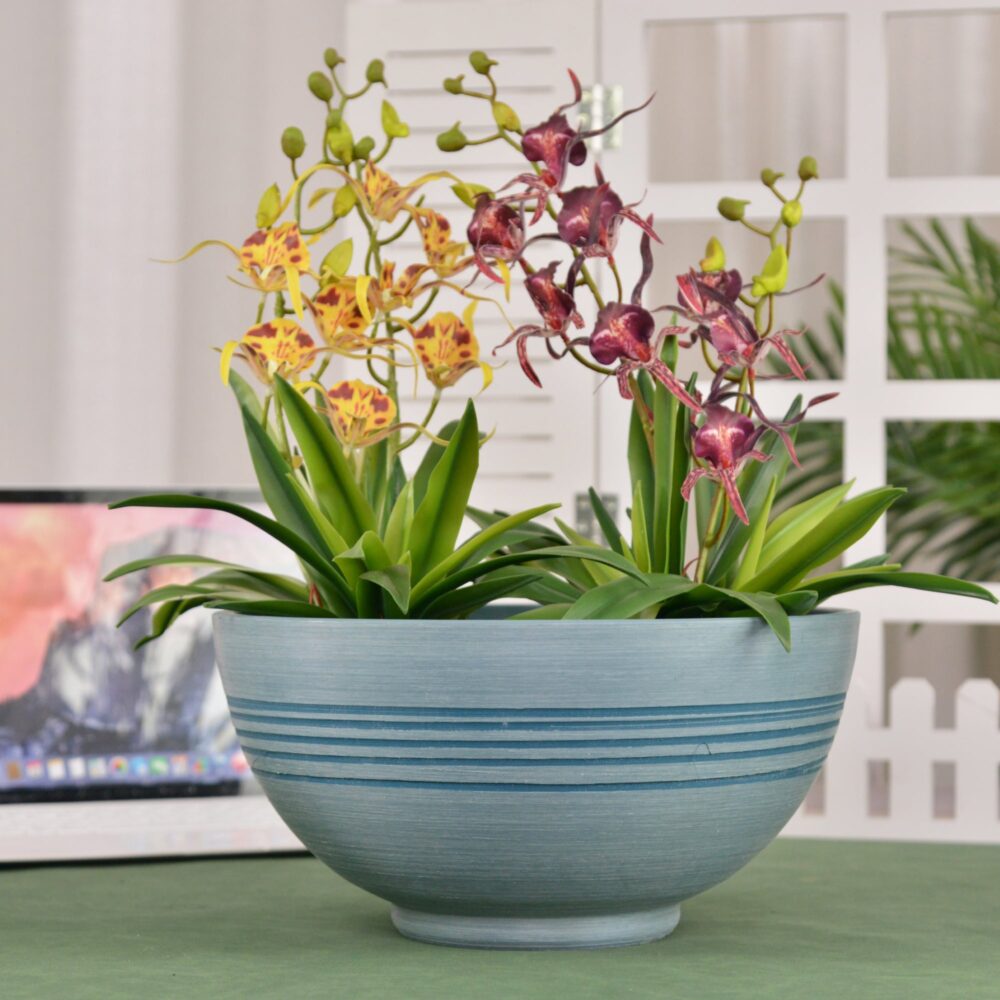Peperomia Caperata in Pots: The Complete Guide to Growing Emerald Ripple Peperomia Outdoors & Indoors
Want to add charming texture and easy-care greenery to your home or shaded outdoor spaces? Peperomia caperata, also known as Emerald Ripple Peperomia, is a delightful and incredibly low-maintenance choice for container gardening, prized for its uniquely textured, deeply ridged leaves and compact growth habit. Perfect for both indoor and shaded outdoor settings, Peperomia caperata brings a touch of subtle beauty and air-purifying benefits to any space. This comprehensive guide will provide you with everything you need to know to grow Peperomia caperata successfully in pots, both indoors and in sheltered outdoor locations, from selecting the best varieties and containers to mastering essential care techniques for thriving Emerald Ripple Peperomias.
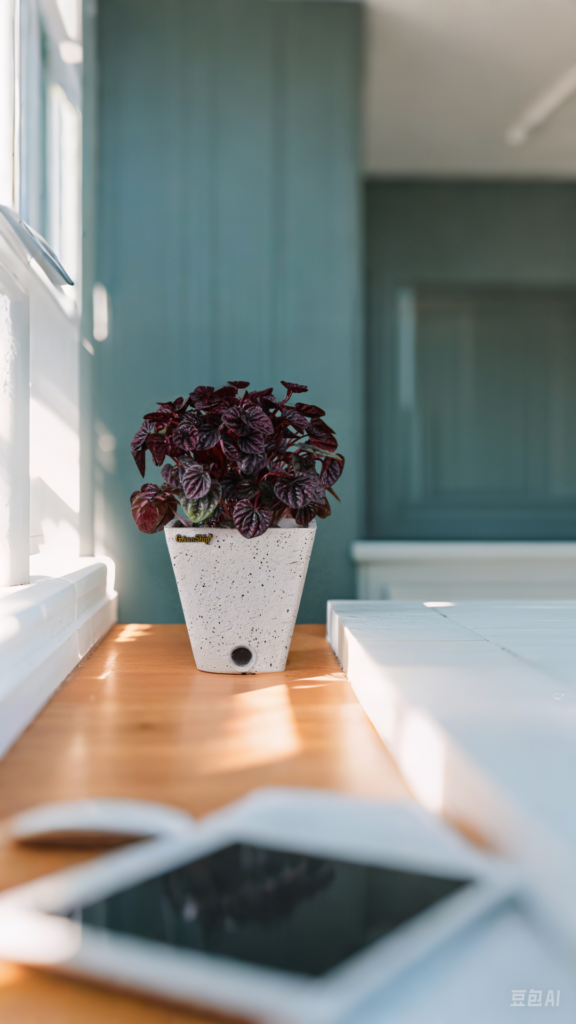
Peperomia caperata
What is Peperomia Caperata (Emerald Ripple Peperomia)?
Peperomia caperata, commonly known as Emerald Ripple Peperomia, is a popular species of Peperomia belonging to the Piperaceae family. Native to Brazil, Peperomia caperata is a beloved evergreen perennial often grown as a houseplant or annual in temperate climates. It is celebrated for its distinctive, heart-shaped, deeply corrugated leaves that give it a unique “rippled” or “quilted” texture. Leaves are typically a rich emerald green, but cultivars are available with shades of red, silver, and bronze. Peperomia caperata is a compact, bushy plant, typically reaching only 6-8 inches tall and wide, making it ideal for small pots and limited spaces. While primarily grown for its attractive foliage, Peperomia caperata also produces slender, spiky flower stalks with tiny, inconspicuous white flowers, though these are not the main attraction. Peperomia caperata is cherished for its easy-care nature, tolerance of low light conditions, air-purifying qualities, and unique textured foliage, making it a perfect choice for beginner plant enthusiasts and for adding low-maintenance greenery to homes and shaded patios.
Is Peperomia Caperata Good for Outdoor Pots?
Yes, Peperomia caperata can be grown in outdoor pots, but it is important to understand their preferred conditions. Peperomia caperata is not frost-hardy and is best suited for outdoor container gardening in warm climates (USDA zones 10-11) or as a summer annual in cooler regions. Outdoors, Peperomia caperata thrives in sheltered, shaded locations that mimic its native rainforest understory environment. Direct sun can scorch its delicate leaves. Outdoor pots of Peperomia caperata can add lovely textural interest to shaded patios, balconies, and porches, especially in combination with other shade-loving plants. In cooler climates, potted Peperomia caperata can be easily moved indoors to enjoy as a houseplant during the colder months.
Ideal Growing Conditions for Peperomia Caperata in Pots (Indoors & Outdoors):
- Light: Peperomia caperata thrives in bright, indirect light but can also tolerate low to moderate light conditions. Avoid direct sunlight, especially harsh afternoon sun, which can scorch the leaves. Indoors, place Peperomia caperata near a north or east-facing window, or further back from a south or west-facing window. Outdoors, choose a shady location such as a covered patio, porch, or under a tree canopy where it is protected from direct sun. Too little light can result in leggy growth and faded leaf color, while too much direct sun can cause leaf burn. Bright, indirect light is optimal for vibrant color and healthy growth.
- Soil: Peperomia caperata needs well-draining soil that is also moisture-retentive. Use a high-quality potting mixspecifically formulated for houseplants or tropical plants. Amend potting mix with perlite or vermiculite to improve drainage and aeration, and peat moss or coco coir to enhance moisture retention. Avoid heavy, compacted soil that can lead to waterlogging and root rot. A slightly acidic to neutral pH (around 6.0-7.0) is ideal for Peperomia caperata.
- Watering: Peperomia caperata prefers consistent moisture but is sensitive to overwatering. Allow the top inch of soil to dry out slightly between waterings. Water thoroughly when the topsoil is slightly dry, until water drains from the drainage holes. Never allow the plant to sit in standing water, as this can lead to root rot. During the active growing season (spring and summer), water more frequently. Reduce watering in fall and winter when growth slows down. Peperomia caperata is somewhat drought-tolerant and can recover from occasional dryness, but consistent overwatering is more detrimental. Check soil moisture regularly and adjust watering frequency based on environmental conditions, pot size, and plant size.
- Humidity: Peperomia caperata appreciates moderate to high humidity, mimicking its native tropical rainforest environment. Indoors, average home humidity is usually sufficient, but Peperomia caperata will benefit from increased humidity, especially in dry climates or during winter heating months. Increase humidity by using a humidifier, pebble tray with water, or by grouping plants together. Outdoors, humidity is generally less of a concern in warm, humid climates, but in dry climates, providing some humidity can be beneficial, especially during hot, dry spells. Avoid placing Peperomia caperata near drafts from heating or air conditioning vents, which can dry out the air.
- Temperature: Peperomia caperata thrives in warm temperatures between 65°F to 80°F (18°C to 27°C). It is not cold-hardy and should be protected from temperatures below 50°F (10°C). Indoors, average room temperatures are ideal. Outdoors, place Peperomia caperata in a sheltered location away from cold drafts or extreme temperature fluctuations. Avoid placing Peperomia caperata near cold windows in winter or in overly hot, direct sun locations in summer.
- Fertilizer: Peperomia caperata is a light feeder and does not require heavy fertilization. Fertilize sparingly, only during the active growing season (spring and summer), to encourage healthy growth. Use a balanced liquid houseplant fertilizer (e.g., 10-10-10 or 20-20-20) diluted to half or quarter strength. Fertilize every 4-6 weeksduring the growing season. Avoid fertilizing in fall and winter when growth slows down. Over-fertilizing can lead to salt buildup in the soil and leggy growth.
Choosing the Right Pots for Peperomia Caperata:
- Suitable Pot Types: Peperomia caperata can be grown in various pot types, including plastic, ceramic, terracotta, and decorative containers. Consider these factors when selecting pot types:
- Plastic Pots: Lightweight, inexpensive, retain moisture well, available in various colors and styles. Excellent choice for Peperomia caperata due to their moisture retention and lightweight nature. Choose pots with drainage holes.
- Ceramic Pots: Available in many decorative styles, can add a decorative element to your home or garden, and retain moisture reasonably well. Ensure good drainage. Glazed ceramic pots retain moisture better than unglazed terracotta.
- Terracotta Pots: Porous, allow good aeration and drainage, and aesthetically classic, but dry out more quickly, which can be a concern for moisture-loving Peperomia caperata, especially in warm, dry environments. Terracotta can be used, but requires more frequent watering and careful monitoring of soil moisture. Consider using plastic liners inside terracotta pots to reduce water loss.
- Decorative Containers: Choose decorative pots made from various materials (ceramic, metal, resin, etc.) that match your style. Ensure decorative containers have drainage holes, or use them as cache pots to hold a plastic pot with drainage.
- Drainage: Excellent drainage is essential for Peperomia caperata to prevent root rot. Ensure your chosen pot has drainage holes at the bottom. Avoid pots without drainage holes. Adding a layer of perlite or gravel at the bottom of the pot can further improve drainage, especially in heavier pots or for extra precaution.
- Pot Size: Peperomia caperata is a small, slow-growing plant and does not need large pots. Choose pots that are proportionate to the plant size. Overpotting (using a pot that is too large) can lead to excess moisture retention and increase the risk of root rot.
- Small Pots (4-6 inches diameter): Suitable for young or small Peperomia caperata plants, or for individual plants.
- Medium Pots (6-8 inches diameter): Good for mature Peperomia caperata plants, or for grouping a few smaller plants together.
- Peperomia caperata prefers to be slightly root-bound, so repotting is only necessary every 1-2 years, or when the plant outgrows its current container. When repotting, choose a pot that is only slightly larger than the previous one.
- Depth: Pots should be at least 4-6 inches deep to provide adequate root space.
- Color and Style: Choose pot colors and styles that complement the Peperomia caperata‘s foliage and your home or outdoor décor. Neutral pots in white, black, gray, or terracotta can highlight the textured green leaves. Pots with subtle patterns or colors can also be used to enhance the plant’s visual appeal. Consider the overall style of your space and choose pots that fit in with your aesthetic.
Essential Care Tips for Thriving Peperomia Caperata in Pots:
- Watering: “Water When Top Inch of Soil is Dry, Avoid Overwatering”. Allow the top inch of soil to dry slightly between waterings. Water thoroughly when needed, but avoid overwatering and soggy soil. Reduce watering in fall and winter.
- Light: Provide Bright, Indirect Light, Avoid Direct Sun. Place Peperomia caperata in bright, indirect light indoors or in a shaded location outdoors. Protect from direct sunlight.
- Humidity: Maintain Moderate to High Humidity (Especially Indoors). Increase humidity indoors, especially in dry conditions, using a humidifier, pebble tray, or grouping plants.
- Fertilizing: Fertilize Sparingly, Only in Growing Season. Fertilize every 4-6 weeks during spring and summer with a diluted balanced liquid fertilizer. Avoid over-fertilizing and do not fertilize in fall and winter.
- Pruning (Minimal Pruning Needed): Peperomia caperata requires minimal pruning. Remove any dead or damaged leaves as needed. You can trim back leggy stems to encourage bushier growth, but this is generally not necessary if growing conditions are optimal.
- Repotting (Every 1-2 Years): Repot Peperomia caperata every 1-2 years, or when it becomes root-bound, into a slightly larger pot with fresh potting mix. Spring is the best time for repotting.
- Pest and Disease Control: Peperomia caperata is generally relatively pest and disease-resistant. Monitor for common houseplant pests like mealybugs, spider mites, and fungus gnats. Root rot can occur if overwatered. Treat any pest or disease issues promptly with insecticidal soap, horticultural oil, neem oil, or appropriate fungicides if necessary. Proper watering and good air circulation are key to preventing most problems.
Popular Peperomia Caperata Cultivars for Pots:
- ‘Emerald Ripple’: The classic, deep green, rippled leaf variety.
- ‘Rosso’: Features deep red undersides to the leaves, contrasting with the green upper surface.
- ‘Burgundy Ripple’: Deep burgundy-red leaves with a rippled texture.
- ‘Silver Ripple’: Silvery-green leaves with deep ripples.
- ‘Luna Red’: Rounded, reddish-purple leaves.
- ‘Variegata’: Variegated leaves with cream or yellow markings.
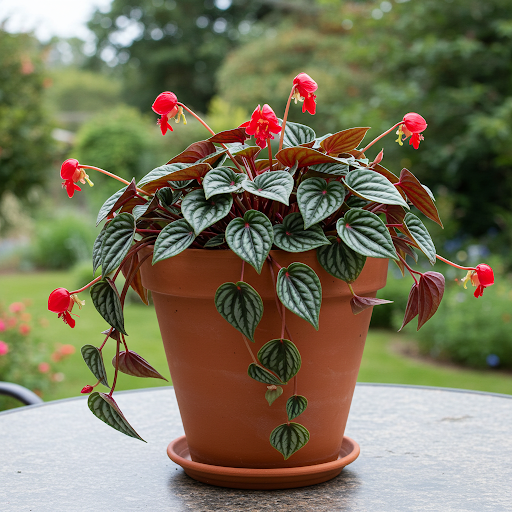
Peperomia caperata,
In Summary:
Growing Peperomia caperata (Emerald Ripple Peperomia) in pots is a simple and rewarding way to add unique texture and easy-care greenery to your indoor and shaded outdoor spaces. Their low-maintenance nature, tolerance of lower light, and compact growth habit make them a perfect choice for beginner plant enthusiasts and for adding subtle beauty to any setting. By providing bright, indirect light (or shade outdoors), well-draining and moisture-retentive potting mix in pots with drainage, watering appropriately and allowing the topsoil to slightly dry between waterings, fertilizing sparingly, and maintaining moderate humidity, you can easily cultivate thriving Peperomia caperata plants in pots and enjoy their charming foliage year-round.
For more detailed botanical information and to explore the diversity of Peperomia species, you can visit the Wikipedia page on Peperomia.
Important Note: Peperomia caperata is considered non-toxic to humans and pets, making it a safe and attractive choice for households with children and animals. The primary care benefit of Peperomia caperata in pots is its very low-maintenance nature and adaptability to indoor conditions. With these simple care practices, you can enjoy the unique beauty and air-purifying qualities of Peperomia caperata in your pots, both indoors and in sheltered outdoor locations.
KC2-11V
By greenship|2024-08-16T05:39:50+00:00August 16, 2024|Categories: Hand-carving Series|
8 inch/10 inch Planter Indoor Plants, 2 Pack Modern Decorative Plant Pots with Drainage Hole, Cute Bowl Shape Flower Pots
By greenship-seo|2025-04-10T08:03:42+00:00January 9, 2025|Categories: Hand-carving Series|Tags: Decorative Flower Pots, Self-Watering Pots|
20VD
By greenship|2024-08-13T06:43:41+00:00August 13, 2024|Categories: Hand-carving Series|
Planter for Indoor Outdoor Plants, Set of 2 Modern Decorative Plant Pots with Drainage Hole, Decorative Flower Pots
By greenship-seo|2025-01-14T12:26:44+00:00January 14, 2025|Categories: Hand-carving Series|Tags: Decorative Flower Pots|
13 inch Planter for Indoor Plants, Set of 2 Modern Decorative Plant Pots with Drainage Hole, Cute Bowl Shape Flower Pots
By greenship-seo|2025-04-10T07:41:46+00:00January 10, 2025|Categories: Hand-carving Series|Tags: Decorative Flower Pots, Self-Watering Pots|
11V
By greenship|2024-08-13T03:05:48+00:00August 13, 2024|Categories: Hand-carving Series|


